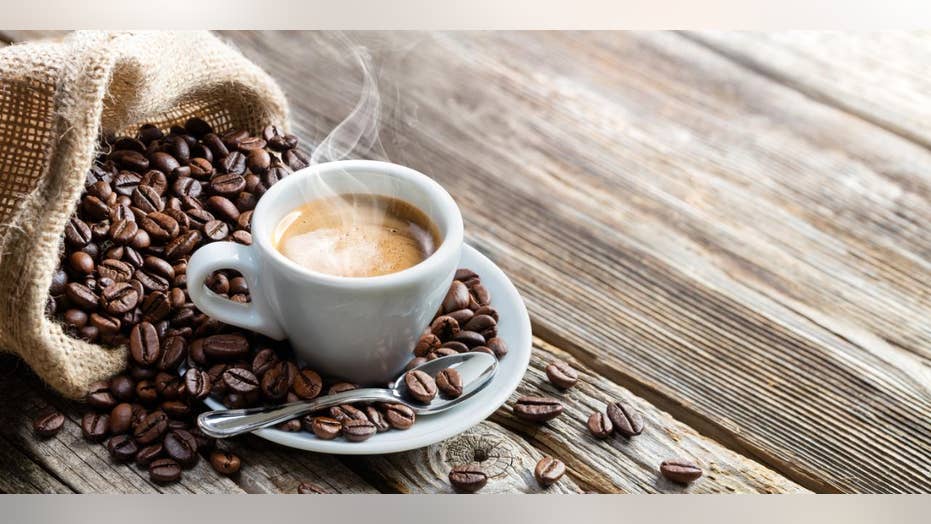
Espresso is the base for the majority of the coffee and milk based drinks on the menu. The material costs are around 15 cents to make a shot of espresso, and about 35-40 cents to make a latte, cappuccino or mocha ? Obviously, location, devices and staffing add a lot to the expense, but the low consumable costs vs. high market prices are among the primary factors lots of coffee bars are springing up in the areas across America.
Follow the link for the full article Great site.
This guide presents the useful information needed for you to choose the ideal espresso devices for your house, office, or small business. Without a firm understanding of the various espresso makers, the choice procedure may be rather overwhelming and confusing simply due to the reality there are many designs to choose from. This guide is not really brief, but investing the time to read it will considerably improve your buying experience.
Espresso is merely another technique by which coffee is brewed. There are many different methods of developing coffee that include using a stove top coffee machine, percolator, French press (or coffee press), vacuum pot and others. Espresso is brewed in its own special way.
Espresso is a drink that is produced by pushing hot water, between 192F and 204F, at high pressures, through a bed of carefully ground, compressed coffee. The shot is brewed for approximately 25 to 30 seconds, and the exact same time applies to both a single or double shot (double baskets are larger, with more screen location, and the coffee flows quicker - single baskets restrict the circulation more, leading to 1.5 ounces in 25-30 seconds).
An espresso maker brews coffee by forcing pressurized water around boiling point through a "compacted disk" of coffee grounds and a metallic screen in order to produce a viscous, focused coffee called espresso. The very first device for making espresso was built and patented in 1884 by Angelo Moriondo in Italy.
The resulting drink, either a single or a double, is topped with a dark golden cream, called crema when brewed appropriately. Crema is among the visual indicators of a quality shot of espresso. Drinking an espresso remains in itself an art kind of sorts. In Italy, where most real espresso is bought in a cafe, it is popular to raise cup and dish, smell the shot, and drink it in 3 or 4 rapid gulps. You finish the "event" by clacking the cup back on the saucer in a firm however not-too-hard manner.
Espresso is confusing because most of the time, it isn't prepared properly. True espresso, brewed with a pump or piston driven espresso machine is extremely requiring on the bad coffee bean grinds. Before we get into the relative 'abuse' that ground coffee is put through to produce an exceptional espresso, let us take a step back and discuss a bit more the misunderstandings about the drink.
Espresso is not a kind of bean: This is a common mistaken belief, and unreliable marketing by coffee chains, supermarket, and even word of mouth offer the impression that espresso is a kind of bean. Any coffee bean can be utilized for espresso, from the most typical Brazils to the most exotic Konas and Ethiopian Harar coffees.
Espresso is not a kind of coffee blend: This one is likewise a common mistaken belief, but with some fact to the claim in that there specify blends designed for espresso. The problem is, many people believe there is only one type of blend that is fit for espresso. Numerous high quality micro roasters would disagree with this - Roaster Craftsmen the world over work diligently on their own version of "the perfect espresso blend".
Espresso is not a Roast Type: Another popular misunderstanding is that espresso can only be roasted one method (and generally the thought is that espresso needs to be incredibly dark and glistening with oils). The Northern Italian way of roasting for espresso is producing a medium roast, or more typically known as a "Complete City" roast if you like on the west coast of the U.S.A..
Espresso is the basis for many of the coffee and milk based beverages on the menu. Espresso is a drink that is produced by pressing hot water, between 192F and 204F, at high pressures, through a bed of finely ground, compacted coffee. Real espresso, brewed with a pump or piston driven espresso machine is very requiring on the bad coffee bean grinds. Espresso is not a type of blend: This one is also a common misconception, but with some reality to the claim in that there are specific blends developed for espresso. Espresso is not a Roast Type: Another popular mistaken belief is that espresso can just be roasted one way (and usually the thought is that espresso needs to be super dark and shining with oils).